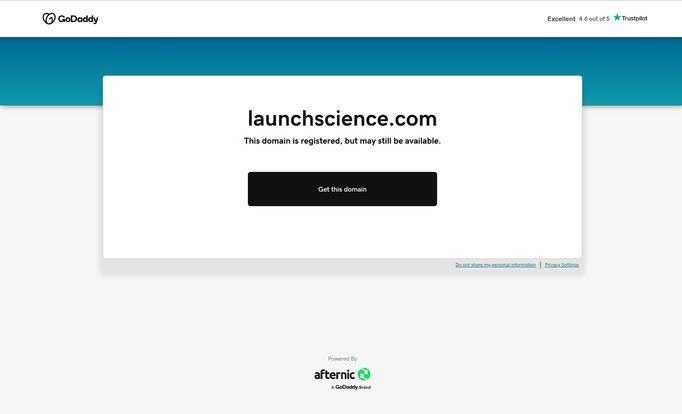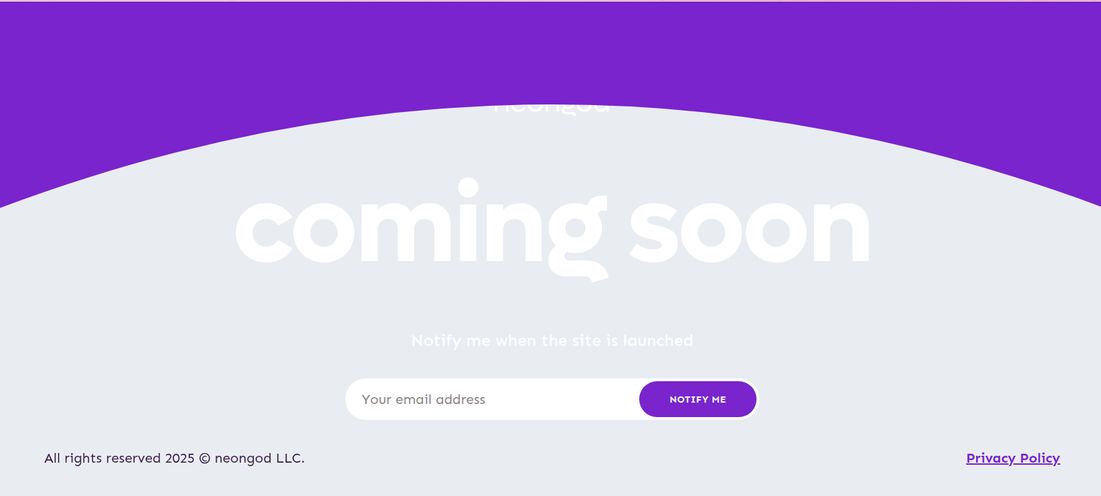As an SEO and traffic guy, I’ve seen my fair share of product launches. And let me tell you, most of them are… organized chaos. At best. You know the drill. The launch plan is a sprawling spreadsheet with fifty-seven tabs, the official messaging lives in a Google Doc titled “Launch_Messaging_v8_FINAL_use_this_one,” and the product team is communicating via smoke signals while marketing is already running ads. It's a mess. A beautiful, high-stakes, revenue-driving mess.
So, whenever I hear whispers of a tool that promises to tame this beast, my ears perk up. A few weeks back, the name LaunchScience floated across my desk. The promise? A complete, centralized Go-to-Market (GTM) solution. A single source of truth to bring product and marketing teams into perfect harmony. It sounded like the holy grail.
I was genuinely excited. Could this be the one? The platform to end the spreadsheet tyranny?
The Dream: What LaunchScience Was Supposed to Be
On paper, LaunchScience sounded perfect. It wasn't just another project management tool bolted onto a different frame. It was designed from the ground up for the unique, frantic dance of a product launch. The idea was to move teams away from that disjointed collection of wikis, docs, and spreadsheets into one cohesive environment.
Unifying GTM Project Management
Let's be real, using a generic tool like Asana or Trello for a GTM strategy is like trying to build a house with only a hammer. You can do it, but it’s clumsy, and you’re going to hit your thumb a lot. LaunchScience promised dedicated project management specifically for the GTM process. Think templated launch plans, stage-gates for approvals, and clear ownership of every single task, from the first press release draft to the celebratory post-launch tweet.
AI-Powered Communications to Speed Things Up
This was the part that really caught my eye. AI. Of course. In 2024, if your SaaS doesn't have an AI component, does it even exist? But this seemed practical. The platform claimed to use AI to help draft communications. Imagine being able to generate first drafts of launch emails, blog posts, or social media updates based on a core product brief. That’s not just a time-saver; it’s a way to maintain a consistent tone and message across all channels. For a busy marketing team, that’s gold.
A Central Product Hub for Consistency
The other killer concept was the “Product Hub.” A single, easily updated space that holds all the essential information. Key messaging points, target audience personas, feature lists, approved marketing assets—everything. No more digging through three different folders in Google Drive to find the right logo. This is the kind of feature that doesn't just make work easier, it prevents those costly, embarrassing mistakes where an old feature name slips into a new ad campaign.
The Harsh Reality: A Digital Ghost Town
So, with all this promise fresh in my mind, I did what any of us would do. I opened a new tab, typed in “launchscience.com,” and hit Enter, ready to be wowed.
And I was greeted by this:

Visit LaunchScience
A GoDaddy landing page. “This domain is registered, but may still be available.”
My heart sank a little. It was like showing up to a restaurant you’ve been dying to try, only to find the windows boarded up and a “For Lease” sign in the window. A digital ghost town. There was no product, no blog, no demo request form. Just a dead end.
What happened here? It's the classic startup story, I suppose. Maybe the founders ran out of funding before they could properly launch. Perhaps they were acquired for the tech or the talent and the product was absorbed into something else (an “acquihire”). Or, maybe it was just a fantastic idea that never quite made it off the whiteboard. We’ll probably never know for sure, and that’s a bit of a shame.
So, What Can We Learn From This Ghost Ship?
The story of LaunchScience isn’t really about a failed product. It's about the very real, very painful problem it was trying to solve. The need for a centralized, intelligent GTM platform is more critical than ever. The chaos is real, and teams are desperate for a better way.
This whole episode is a fantastic reminder to do your due diligence when you're vetting a new tool for your tech stack. It's easy to get swept up in slick marketing copy and a promising feature list. But you have to look for signs of life.
- Check their social media and blog. Are they posting regularly? Engaging with people? A dead blog is a major red flag.
- Look for third-party reviews. What are people saying on G2, Capterra, or even just on Twitter? No reviews at all can be just as telling as bad ones.
- Search for the team on LinkedIn. Are the founders and key employees still listing the company as their current job?
While LaunchScience itself may be a dead end, its spirit lives on in other tools. Platforms like Coda and Notion offer incredible flexibility for building your own GTM hubs. There are also more specialized platforms out there that are actively developed and supported. The search for the perfect GTM tool continues, but at least we know what we're looking for.
Frequently Asked Questions
- What was LaunchScience supposed to be?
- LaunchScience was designed as a complete Go-to-Market (GTM) solution for product and marketing teams. It aimed to provide centralized project management, AI-assisted communication drafting, and a unified Product Hub to replace scattered spreadsheets and documents.
- Is LaunchScience still an active company?
- All signs point to no. The official domain, launchscience.com, is currently listed for sale on GoDaddy, which strongly suggests the product is no longer in development or available to the public.
- Why is a centralized GTM platform so important?
- A centralized platform ensures everyone on the product, marketing, and sales teams is working from the same playbook. It reduces miscommunication, prevents costly errors, maintains message consistency, and streamlines the entire complex process of launching a product.
- What are the signs a SaaS tool might be defunct?
- Key signs include an inactive blog or social media accounts, a lack of recent third-party reviews, key employees no longer listing the company on their professional profiles, and, of course, the company website being down or for sale.
- What are some alternatives for managing a GTM strategy?
- While there's no single perfect tool, teams often build custom GTM dashboards using flexible platforms like Notion or Coda. There are also other specialized GTM and product marketing platforms available on the market that are actively maintained.
The Search Continues
In the end, LaunchScience is a bit of a sad story, but a useful one. It's a testament to how hard it is to build a successful software company, even with a brilliant idea that solves a very real problem. It reminds us that a great pitch is one thing, but execution is everything. The dream of the perfect, all-in-one GTM platform remains just that—a dream. But every time a tool like LaunchScience appears, even if it vanishes just as quickly, it pushes the conversation forward. And for now, the hunt for that GTM holy grail continues. Back to the spreadsheets, I guess.
References and Sources
- launchscience.com Domain Listing on GoDaddy
- Coda - A potential alternative for building custom solutions.
- Notion - Another flexible platform for creating internal hubs.



